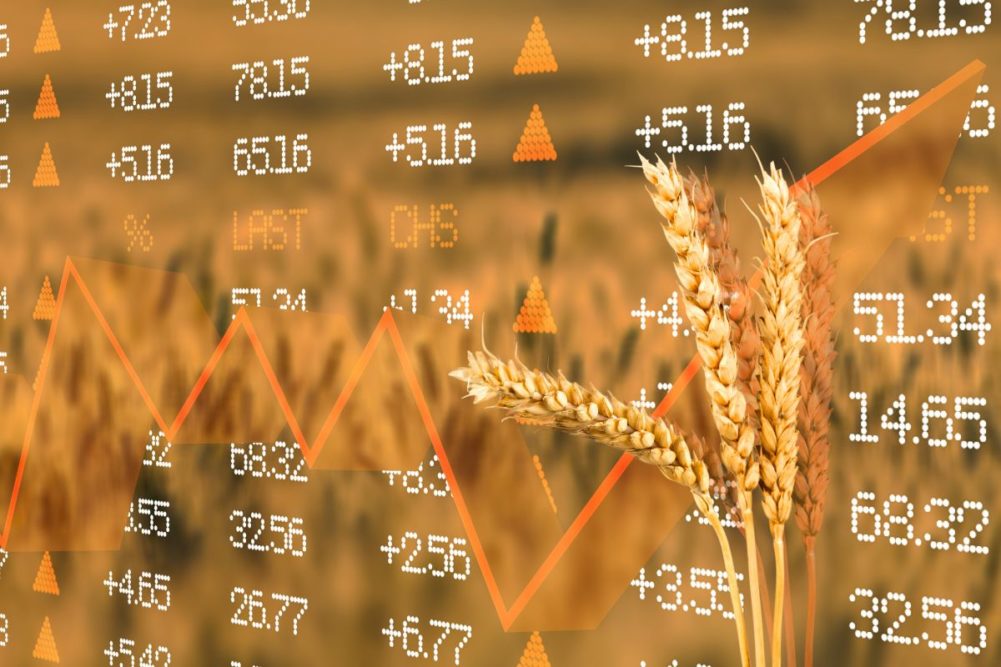DENVER, COLORADO, US – Most segments of the US economy, including the agrifood sector, are performing well considering the Federal Reserve’s attempt to cool inflation through a series of interest rate increases, according to a CoBank report released Oct. 17.
CoBank noted that despite seven straight months of interest rate hikes, manufacturing continues to expand, consumer spending remains strong, the labor market remains tight and third-quarter GDP data will likely show solid growth.
“To date, there is no solid evidence that inflation is on a steep downward path and there is also little evidence that higher rates are severely damaging the economy,” said Dan Kowalski, vice president of CoBank’s Knowledge Exchange. “Ultimately, to get inflation levels down, the willingness or ability of consumers and businesses to spend must also come down. That means rate hikes will continue until the Fed achieves its mandate of price stability. Unfortunately, that increases the likelihood of collateral damage coming in the first half of 2023.”
Grain prices remained volatile throughout the third quarter, finishing mostly higher, the report said. US corn and wheat futures rose 11% and 8%, respectively, partly offset by a 2% drop in soybeans.
US rice prices climbed last quarter after India, the world’s largest rice exporter, banned exports of broken rice and imposed a 20% export tariff on several varieties of white rice. The USDA reduced its export forecast for India by 2 million tonnes as a result. The US rice crop is expected to be the smallest since 1993-94 due to fewer acres and lower yields. With global supplies tightening, the USDA is projecting record high prices for US producers.
On-farm grain storage is above 2021 levels for the three major crops, potentially signaling a stronger harvest-time basis this year, CoBank said. Corn and soybean exports for the new crop marketing year are up 13% over last year. However, grain transport expenses could remain higher as low water levels on the Mississippi River caused a spike in barge rates.
CoBank also noted that Russia is now indicating it may not extend its agreement to allow Ukrainian grain exports via the Black Sea, which would send grain prices upward.
Despite a slow start to the spring planting season, ag retailers successfully managed crop input inventories and had a very good summer agronomy season, CoBank said. Domestic fertilizer prices fell by 5% to 16% in the third quarter amid a massive correction in energy prices. However, prices have been rising as harvest gets underway and farmers shift their attention to fall application season. Russia’s war with Ukraine continues to impact global supplies and prices for nitrogen, phosphorous and potassium fertilizers.
Ethanol production continued to trend down as Q3 came to a close, concurrent with recession fears, lower gasoline demand and capital market volatility. The most significant event of the quarter was on the policy front, with the passing of the Inflation Reduction Act of 2022. The legislation provides strong current and future support for renewable energy, and biofuels in particular.





